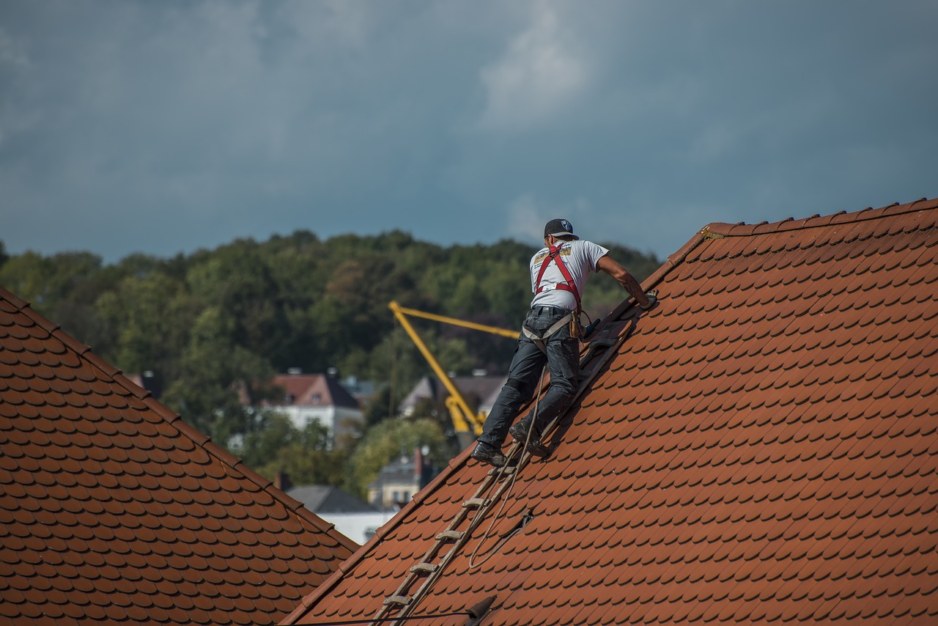How to Manage Condo Defects in the Carolinas
How to Manage Condo Defects in the Carolinas
Condominium owners associations (COAs) are usually responsible for maintaining and repairing roofs, exterior walls, and other building envelope components. If the building envelope has not been designed or constructed properly, water will find its way into the building and attack studs, sheathing, and other structural components that hold the building up. The resulting decay, hidden between the exterior and interior walls, may go undetected for years.
Modern condominium buildings are particularly susceptible to water intrusion. Condominiums have become more complicated to satisfy the aesthetic demands of the market. More corners, terminations, railings, and roof lines, and a wider array of materials, mean more potential entry points for water. If the construction workers who install the sheathing, building wrap, windows, flashing, and masonry are not properly trained, or fail to follow the manufacturer’s instructions to the letter, water may become trapped inside the building envelope with nowhere to go. Today’s energy efficient buildings all but eliminate the drafts that used to dry out moisture trapped behind the building envelope.
Construction techniques and manufacturer’s instructions are not at the top of the priority list for most buyers. If the developer is singularly focused on selling units, and views construction as an opportunity to reduce costs, then the fox truly is watching the hen-house. And the fox knows he won’t be hanging around for long.
Tick Tock, Part I: The Statute of Limitations
COAs should not automatically assume that the architect, developer, contractor, or subcontractors will be held accountable for their acts of negligence. Under South Carolina law, the statute of limitations for construction defects is either two or three years, depending on the nature of the claim. The clock starts running when the COA discovered or reasonably should have discovered the defect. In North Carolina, the limitations period is three years, but the clock cannot start to run until the developer turns over control of the COA to the unit owners.
When the statute of limitations starts to run is often disputed in court. I once litigated a case where the COA discovered water intrusion in the clubhouse after a resident tripped and fell through the drywall. A gust of warm moldy air filled the room. Upon further inspection, the COA discovered damage to the structure itself and took immediate action.
Tick Tock, Part II: The Statute of Repose
Unlike the statute of limitations, the statute of repose starts to run at project completion. In North Carolina, the statute of repose is six years from completion. In South Carolina, the statute of repose is either eight or thirteen years from completion. The statute of repose runs without regard to the COA’s discovery of the defect. If the plaintiff proves that the damage results from willful or wanton conduct, the statute of repose will not apply to bar the claim.
Out of Sight + Out of Mind = Out of Money
COAs ignore construction defects at their own peril. The costs to repair structural damage, replace the building envelope, and remove mold can easily run into the millions of dollars. If the COA fails to recover costs from the negligent parties, the unit owners will ultimately bear the costs. COAs should consider hiring a consultant to inspect the building envelope and other components of the building. If negligence is found, the COA should immediately consult a lawyer to decide the next step.
This column was originally published in the Home|Design section of the Charlotte Observer on May 18, 2019. © All rights reserved.
This column was written by my law partner Greg Shelton.
Original article can be found at https://www.offitkurman.com/blog/2019/06/07/condominium-defects-in-the-carolinas/
Mike Hunter
